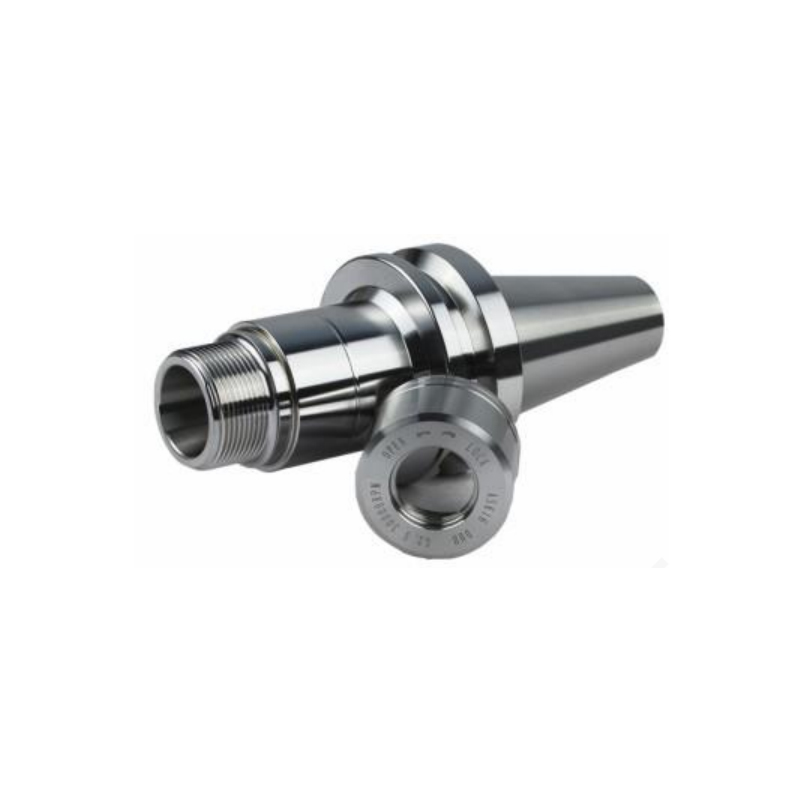In today's fast-paced and competitive business landscape, optimizing operational efficiency is crucial for organizations across various industries. One key aspect that plays a vital role in achieving this efficiency is Maintenance, Repair, and Operations (MRO). In this blog post, we will delve into the concept of MRO, its significance, and provide a practical example to illustrate its application in a real-world scenario.
- Understanding Maintenance, Repair, and Operations (MRO):
Maintenance, Repair, and Operations (MRO) refer to the activities, processes, and resources involved in maintaining, repairing, and managing the operational infrastructure of an organization. It encompasses a wide range of tasks, including equipment maintenance, spare parts management, inventory control, vendor management, and more. MRO aims to ensure the smooth functioning of assets, minimize downtime, and optimize operational efficiency. - The Significance of MRO:
Efficient MRO practices offer several benefits to organizations, such as:
a) Cost Reduction: By implementing proactive maintenance strategies, organizations can minimize unexpected breakdowns, extend the lifespan of assets, and reduce repair costs. Effective inventory management also helps in avoiding unnecessary stockpiling of spare parts, leading to cost savings.
b) Improved Productivity: Well-maintained equipment and infrastructure ensure uninterrupted operations, reducing downtime and enhancing productivity. Regular maintenance and timely repairs prevent equipment failures, thereby maximizing uptime and minimizing disruptions.
c) Enhanced Safety: MRO practices prioritize safety by conducting routine inspections, identifying potential hazards, and addressing them promptly. This proactive approach minimizes workplace accidents, ensuring a safe working environment for employees.
d) Regulatory Compliance: Many industries have stringent regulations regarding equipment maintenance and safety. Adhering to these regulations through effective MRO practices helps organizations avoid penalties, legal issues, and reputational damage.
- Real-world Example: MRO in the Aviation Industry:
To illustrate the practical application of MRO, let's consider the aviation industry. Aircraft maintenance is a critical aspect of ensuring safe and efficient air travel. MRO in the aviation industry involves various activities, including:
a) Preventive Maintenance: Regular inspections, servicing, and component replacements are conducted to prevent potential failures and ensure the airworthiness of the aircraft.
b) Corrective Maintenance: In case of any identified issues or failures, immediate repairs and replacements are carried out to restore the aircraft's functionality.
c) Spare Parts Management: Efficient inventory control systems are implemented to ensure the availability of critical spare parts, minimizing aircraft downtime.
d) Compliance and Documentation: Strict adherence to regulatory requirements, maintenance records, and documentation is essential to meet aviation industry standards and ensure safety.
Conclusion:
Maintenance, Repair, and Operations (MRO) play a pivotal role in optimizing operational efficiency across industries. By implementing effective MRO practices, organizations can reduce costs, enhance productivity, ensure safety, and comply with regulations. The aviation industry serves as a prime example of how MRO practices are crucial in maintaining the safety and efficiency of assets. Embracing MRO as a strategic priority can unlock significant benefits for organizations, enabling them to stay competitive in today's dynamic business environment.





